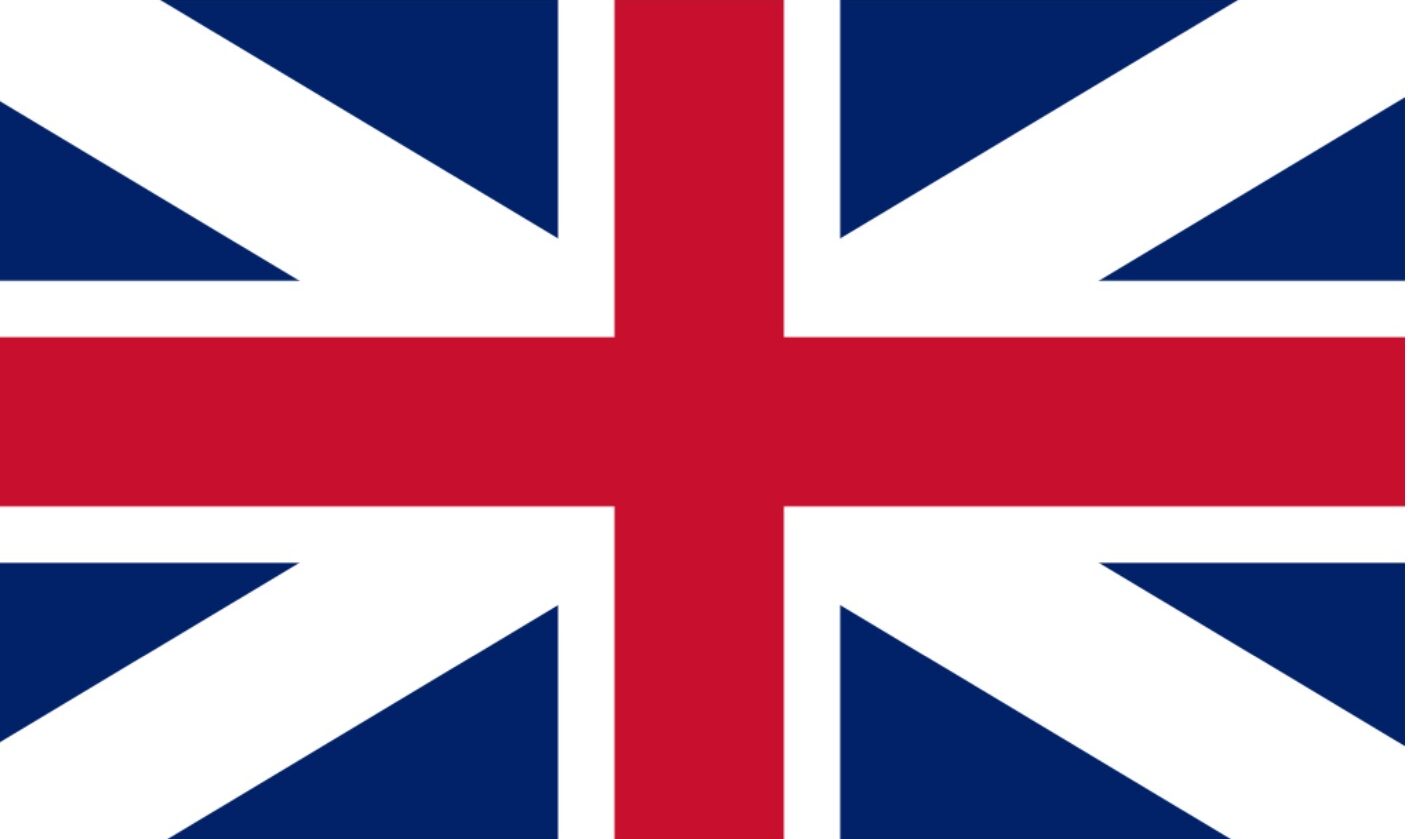William Jarvis was a soldier, statesman and Freemason who served under John Graves Simcoe in the Queen’s Rangers (1st American Regiment). He also served Governor Simcoe as Secretary and Registrar of the Records of the Province of Upper Canada, and was the first Provincial Grand Master of Masons of Upper Canada.
Early in the seventeenth century, the Jarvis family immigrated to North America and settled in Norwalk, Connecticut. In 1760 Samuel Jarvis was appointed town clerk of Stamford, Connecticut (a position he held until 1775, when he was forced out of office due to his loyalty to the Crown). Samuel Jarvis married Martha Seymour, and they had eleven children. William was their eighth child and was born September 11, 1756. William was educated in England, in both civil and military matters. He returned to North America and at the outbreak of the American Revolutionary War enlisted in the Queen’s Rangers 1st American Regiment under the Command of Major-Commandant John Graves Simcoe. He was 19 years of age and commissioned an Ensign or Cornet. In October 1781 he was wounded at the Battle of Yorktown and the following year he was promoted to the rank of Colonel.
When the American Revolutionary War ended in 1783 Jarvis resigned his commission in The Queen’s Rangers and returned to his father’s home in Stamford. As feelings against the Loyalists in Connecticut ran high, he left his home in Stamford and returned to England where he had been educated. Here he would make his new home.
Here on December 12, 1785 he married Hannah Owen Peters, the daughter of Reverend Samuel Peters D.D., of Hebron Connecticut. William and Hannah were eventually blessed with seven children, three boys and four girls. It is interesting to note that their eldest daughter, Marie Lavinia, married George Hamilton, son of the Honourable Robert Hamilton, one of the first members of the Legislative Council of Upper Canada, and for whom the City of Hamilton was named.
He was appointed as “Secretary and Registrar of the Records of the Province of Upper Canada.” William, Hannah and their three children, sailed from Gravesend in May of 1792. He was also appointed the first Provincial Grand Master of Masons for the Province of Upper Canada, having been initiated one month prior.
The Upper Canada Land Book B, dated 19th August, 1796 to 7th April, 1797 registers the following:
The petition of Wm. Jarvis, Esq., 4th October 1796, on a motion by the Administrator of the Province [Hon. Peter Russell] to extend His Majesty’s bounty in lands to Mrs. Jarvis, the daughter of the Rev. Mr. Peters, a respectable and suffering loyalist, and her four children. Ordered that 1,200 acres of land be granted to Mrs. Hannah Jarvis, and 400 acres each to Maria Lavinia Jarvis, Augusta Holorina Jarvis, Wm. Monson [sic] Jarvis, and Samuel Peters Jarvis.
These lands were located on what is now Yonge St.
The Jarvis family were among the earliest supporters of St. James Anglican Church (St. James Cathedral, King and Church Streets). The Archives of The Anglican Diocese of Toronto record that William Jarvis and four other settlers became pew holders, paying rent four times a year to the parish. One of the pew holders was Allan McNabb Esq. who had served with Simcoe and Jarvis in the Queen’s Rangers and was the father of Sir Alan Napier MacNab.
In regards to last February’s speaker, you may be surprised to learn that William Jarvis was a slave holder. We know this because court records show that he complained that two of his slaves, a small Negro boy and girl had stolen gold and silver from his desk and escaped.
When William Jarvis died on August 13, 1817, he was buried with full Masonic honours in the churchyard attached to St. James. It was a large funeral, with respects paid to Jarvis not only as Secretary and Registrar of the Records of the Province of Upper Canada, but as Provincial Grand Master of Masons of the Province of Upper Canada. The entire expense of the burial was paid by contributions from all the Lodges in the jurisdiction.
Thus ended the life of our First Provincial Secretary, a Soldier. Statesman, and Freemason.
Submitted by David Ricketts UE
